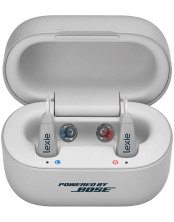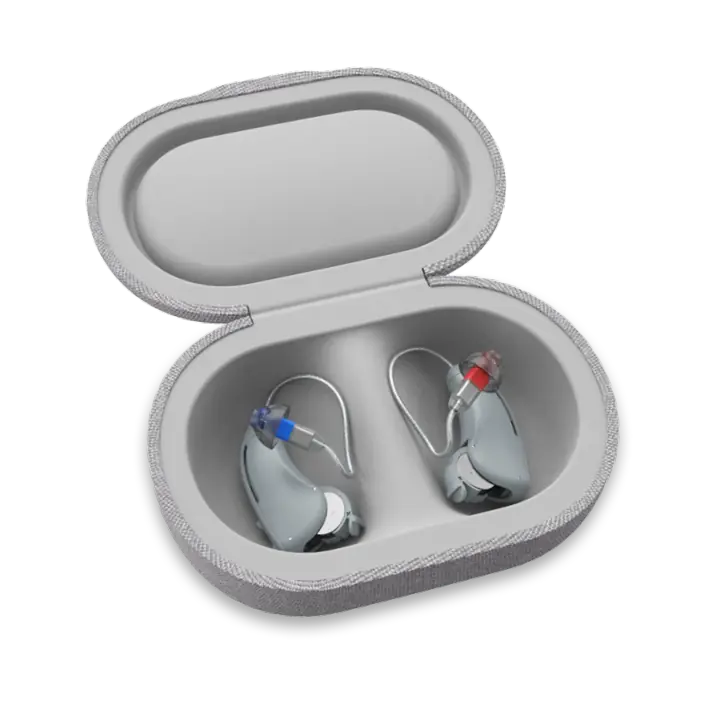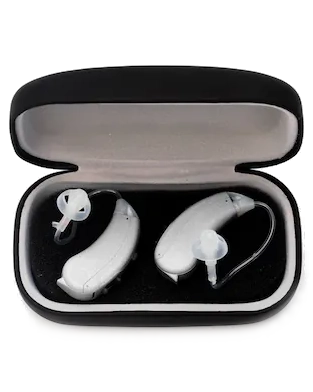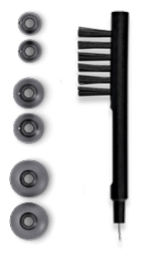Singing With Hearing Aids | Challenges and Solutions
Published: June 9, 2021
Updated: December 21, 2021
Why is it difficult to sing with hearing aids?
This is where a hearing assessment comes in.
Improve your singing experience while using hearing aids
- Ask your hearing healthcare professional about the newest hearing aids with improved features. Some also have programs that can better accommodate singing and acoustics. Others include music-specific programs you can adjust to your preferences and vocal range. These are not always helpful for singing but are good for listening to music yet. As such, they may still be an option to consider. Other options include feedback suppression and noise reduction aids.
- Be mindful of your consonants. Singers with hearing loss have more difficulty distinguishing consonants. During rehearsals, include sounds like “ff”, “ss” and “sh” in your warm-up routine. This will help you identify differences in the words of the songs you sing.
- Consider attending aural rehabilitation sessions after your hearing loss diagnosis. Aural rehabilitation is a holistic process that assesses and manages hearing loss. Aural rehab allows you to take part in activities previously limited by hearing loss. It helps singers regain their ability through listening exercises. This helps them hear music better.
- Get the help of a vocal coach/teacher. Singing in a structured environment with prompting and redirection has many benefits. Vocal coaching/teaching teaches you about your singing and how it involves different parts of your body (besides your ears). You may find that your posture, breathing, and execution improves.
- Start simple and build your confidence. Losing the ability to do something you were once capable of can be difficult. After receiving your hearing aids, do not put too much pressure on yourself to sing the way you used to. Complete your listening exercises and work on one or two notes at a time. This will allow your brain to adjust.
- Find a smaller room and lower the volume if you are in a band or sing with different instruments. A smaller room helps you hear everything and lightens your listening effort.
- Know about the good AND the bad. Whether you have unilateral (one ear) or bilateral (both ears) hearing loss, it’s important to learn about it. Knowing your level of hearing loss can be beneficial. With unilateral hearing loss, the ear without hearing loss can help pick up higher notes. This can be with, or without, a hearing aid. With a bilateral hearing loss, the ear with the most hearing loss can benefit from a hearing aid. It will then pick up more frequencies (pitch).






